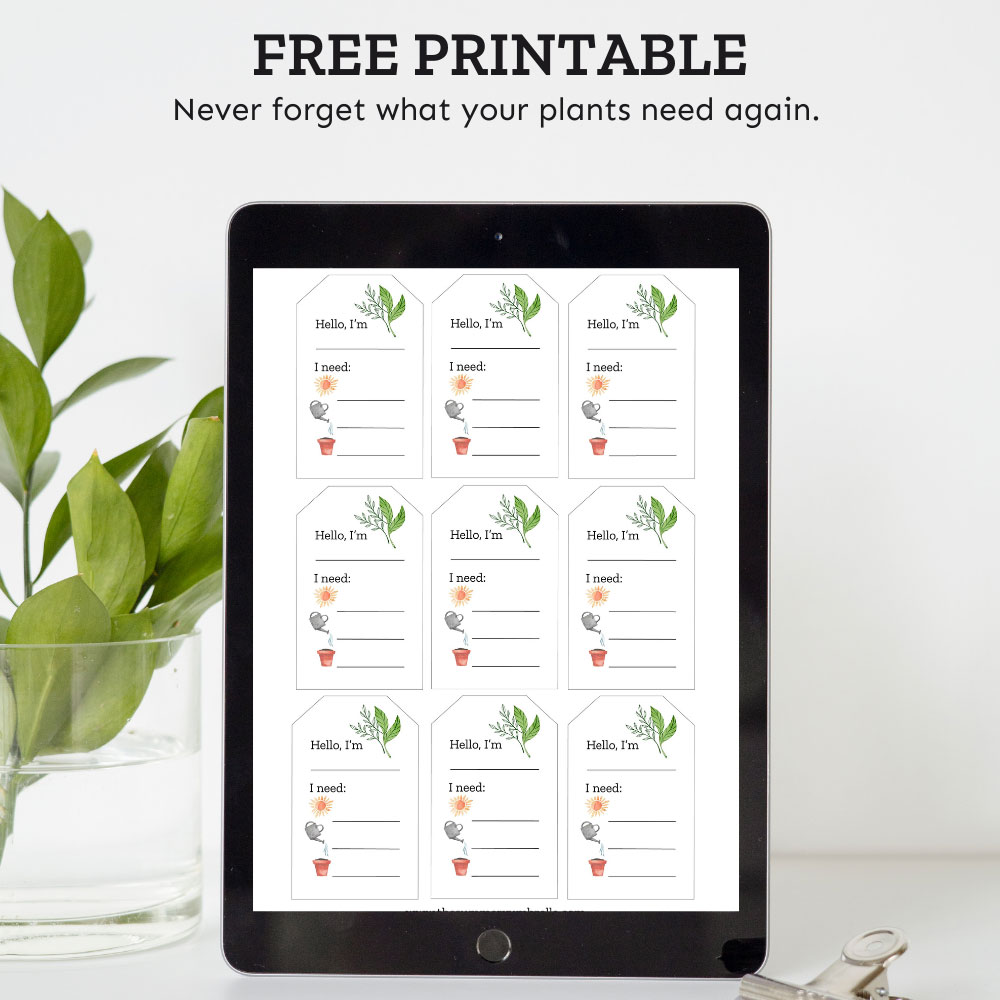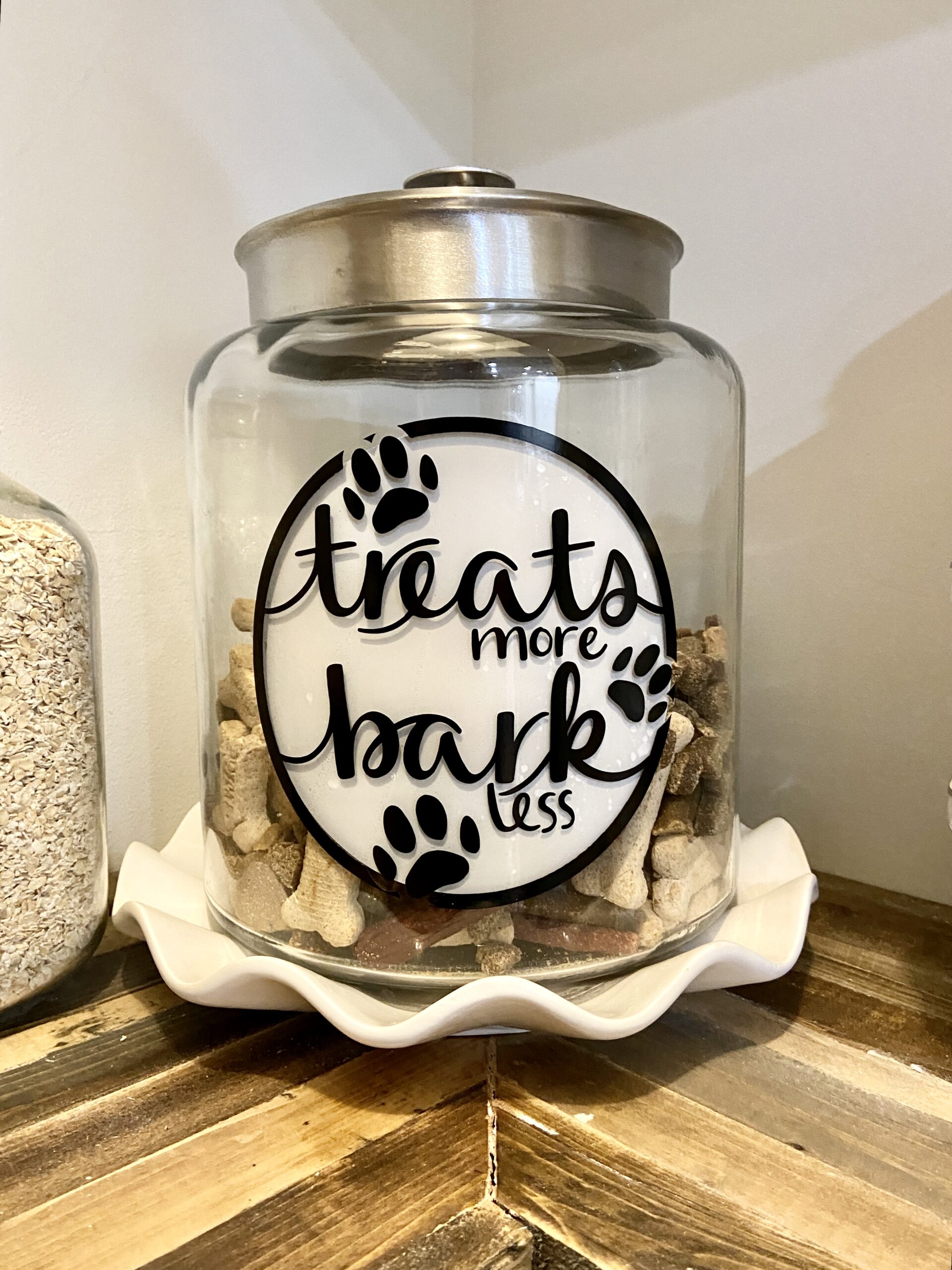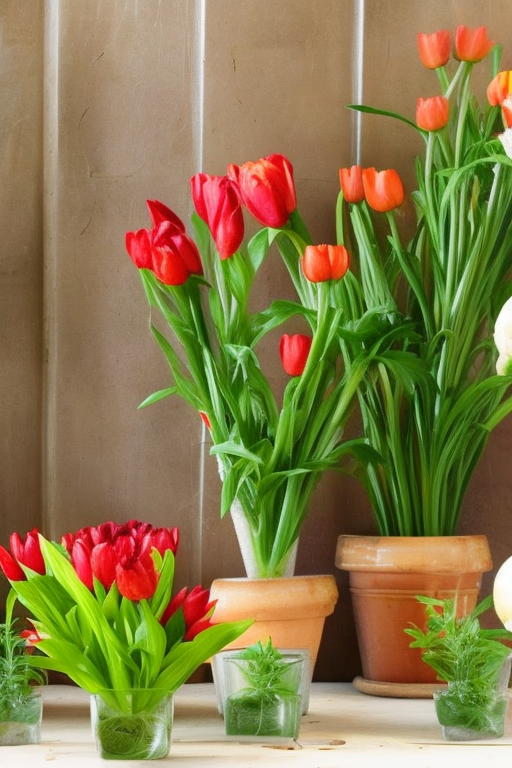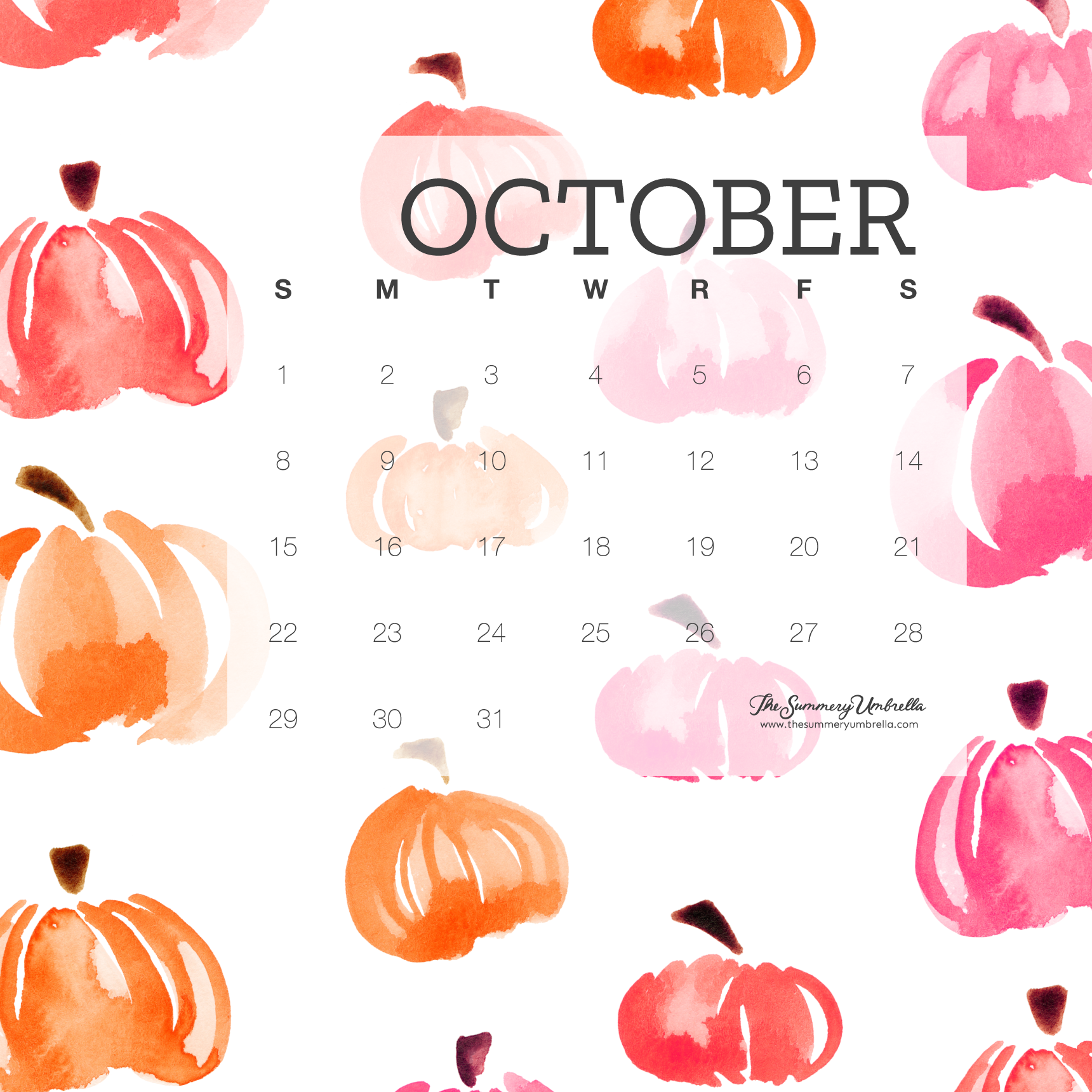5 Essential Herbs You Need in Your Kitchen Garden
I’ve spent multiple nights cooking dinner only to find myself short on a few essential herbs—ones that are required right at the end to give the dish that final, intense flavor.
At that point, I would begin a scavenger hunt around the kitchen, hoping to find some that I had overlooked. (I’m not proud of it, but some nights I ended up discovering some herb in a random corner of the fridge or pantry, miserably decomposing! It was not a pretty sight!)
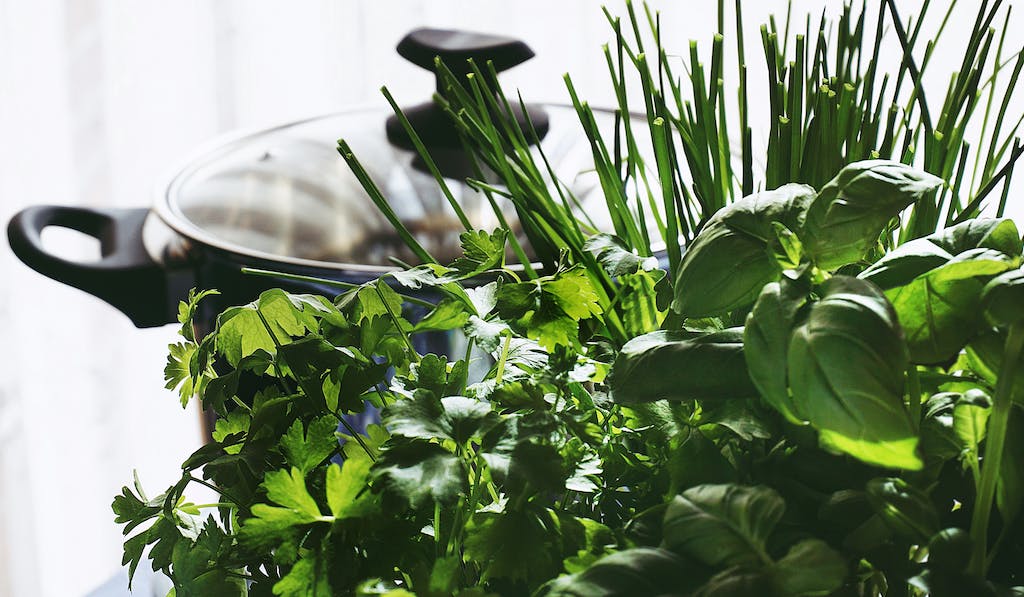
The thing is herbs, especially fresh ones, are sensitive. You can’t just pop them in the pantry or fridge and forget about them.
Fortunately, this was around the time I was starting on my kitchen garden, so I decided it was time to grow my own.
Here are five essential herbs you need in your kitchen garden that aren’t just ‘essential’ for your garden but also super easy to grow. (And my cheat sheet makes it even easier.)
1. Mint
With spring and summer around the corner, mint is a must-have, or ‘mint-to-be!’

Not only is the plant low-maintenance, but it also grows quickly and smells like a breath of fresh air! If that doesn’t convince you to plant some mint, here’s another perk: mint is a natural bug-repellant.
Bye-bye bugs!
Mint is an important ingredient in many Middle Eastern cuisines. However, most folks I know love nothing more than a nice mint lemonade or mint tea made from some fresh leaves on a hot summer day!
Tips on Growing Mint:
Mint is easy to look after. Here are some tips to help you get started:
1. Mint requires moist soil and full to partial shade.
2. The more you harvest, the better it grows. Just be sure that the stems are 6–8 inches long.
2. Basil:
Ahh, Basil. One of the great essential herbs that just keeps on giving, and growing!

If you prefer salads, pizzas, and Italian dishes, basil is required at the end to bring out that flavor! Plus, it is a great ingredient for sauces and helps enhance that distinctive taste.
Tips on Growing Basil
1. Basil seeds can be planted from spring to summer.
2. They grow well in well-drained, fertile soil, require less watering, and do not fare well in wet compost.
3. The plant prefers to be placed in a warm, sheltered spot, so avoid a direct midday sun.
4. If you want basil to last from early spring to mid-autumn, consider growing it in a container.
3. Parsley
What’s native to Mediterranean Europe and is an essential herb that makes for the perfect garnish?
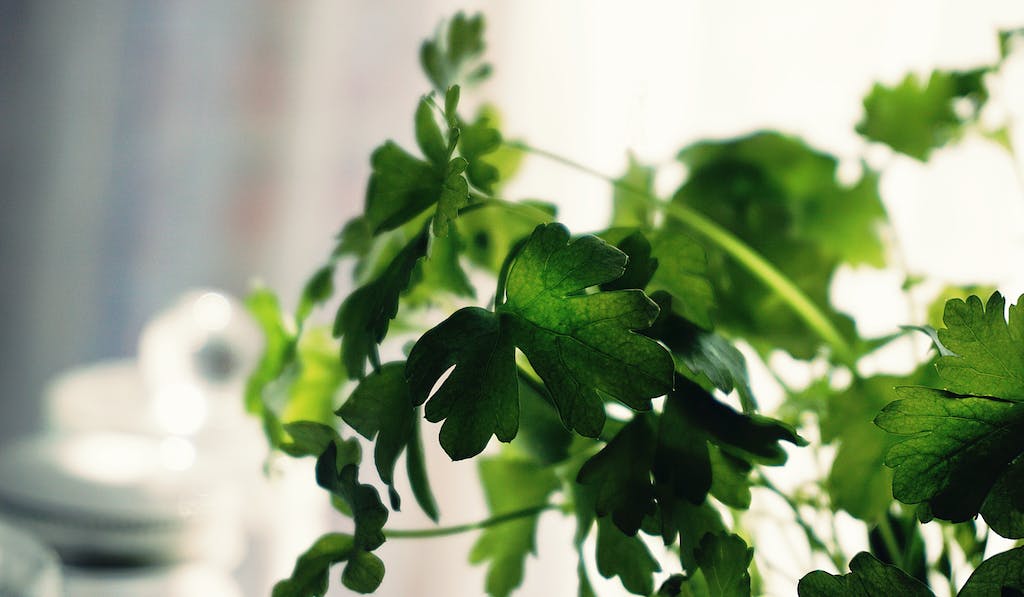
That’s right!
Parsley. It also helps that these little herbs are rich in iron and vitamins A and C!
Tips on Parsley
1. To plant parsley, sow parsley seeds 1 cm deep in rows 30 cm apart directly into well-prepared soil. Lightly cover the seeds and ensure thorough watering.
2. With parsley, it’s slow and steady. The herb is slow to germinate and may take up to six weeks for seedlings to appear, so be patient with it.
3. Keep parsley well-watered, especially in dry conditions, and occasionally feed it with seaweed fertilizer to promote leaf growth.
4. Rosemary
Rosemary is another wonderful herb that is used for seasoning dishes like soups, casseroles, and even marinades. Personally, most of my rosemary ends up being used to make ‘rosemary water.’

Not only is it easy to make, it smells great! I use it on my scalp because it promotes hair growth and since rosemary is antibacterial, promotes scalp health and protects it from dandruff.
Tips on Growing Rosemary
1. Plant rosemary in a bright, full-sun location with no shade, away from trees. For indoor growth, place it near south-facing windows with unobstructed sky access.
2. Use rich soil with a sandy mix to ensure ample drainage.
3. Water rosemary every few days, allowing the soil to dry out slightly between waterings.
5. Oregano
Last but not least, my favorite herb is the humble oregano!
(My bias is based on my love of the herby flavor dried oregano adds to my garlic bread!)
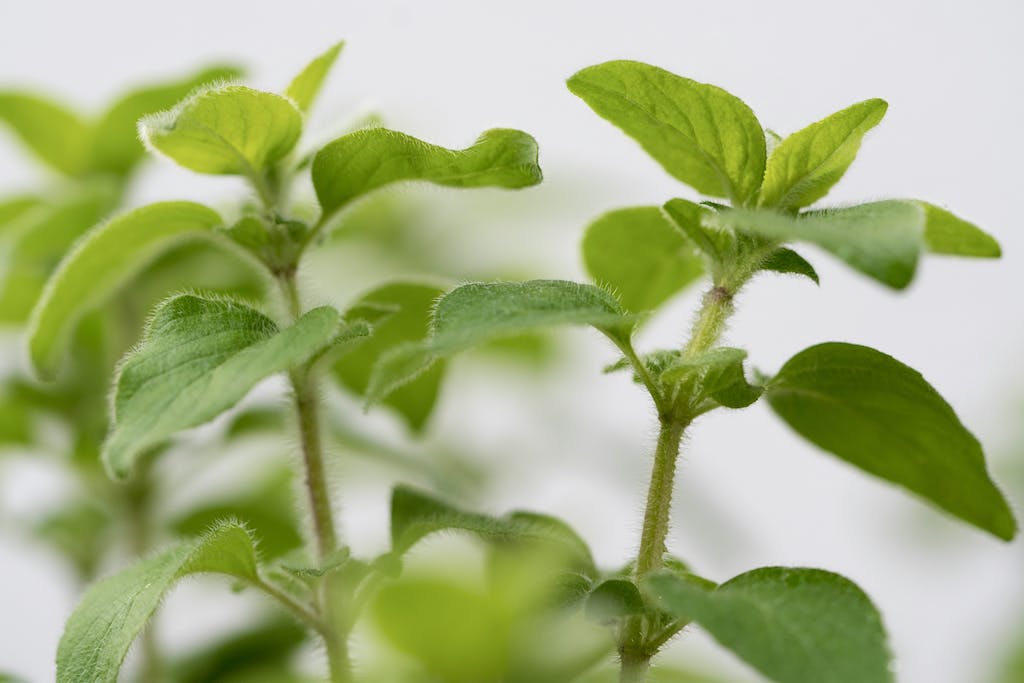
Fresh oregano adds flavor to a simple marinara sauce, while the dried herb is great for pasta and tacos!
Tips on Growing EssentaOregano
1. Plant oregano seeds in free-draining soil or compost in a sunny, sheltered location.
2. Regularly harvest leaves and occasionally cut back the plant to promote new foliage. (That means your kitchen will always have oregano.)
3. For pot-grown oregano, make sure you re-pot it every two years with fresh compost.
4. Avoid waterlogging in winter by adding grit to the planting hole.
More of What You Love: Check Out These Recommended Posts!
- DIY Terrariums: An Exquisite Mini Garden In 8 Simple Steps
- How to Create Your Own Amazing DIY Mason Jar Succulents
- Creating a Lush Haven: Top 20 Low-Maintenance Indoor Plants
- This Repurposed Toolbox Turned Flower Planter is Perfect for Your Porch!
- Step by Step Guide to Making Your Own DIY Hanging Planter
Other Essential Herbs You Could Plant
I must warn you. Once you fall in love with harvesting fresh essential herbs from your kitchen garden and develop the habit of using them in everyday dishes, it gets harder to go back to the store variety.
Other varieties that are easy to grow include dill, sage, lavender, chives, thyme, bay laurel, and tarragon.
My Cheat Sheet for Growing Essential Herbs:
Not only will growing essential herbs in your garden save you from last-minute grocery runs, but the aroma and taste that fresh herbs add to a dish are not even close to those of a pre-packaged product.
However, if you don’t have that ‘green thumb,’ it can get a bit tricky remembering which pot or herb needs to be watered when.
That’s why I add a tiny cheat sheet, aka a ‘Plant Care Label, to each pot or herb. It’s how I always know that my rosemary pots need to be ‘watered every 2 days,’ while my parsley prefers to be well-watered.
I bet you’re now wondering… how do I get this cheat sheet?!
Just sign up for our newsletter below to receive an exclusive freebie: a printable cheat sheet that doubles as a stylish plant care label. Your indoor jungle is just a click away!
